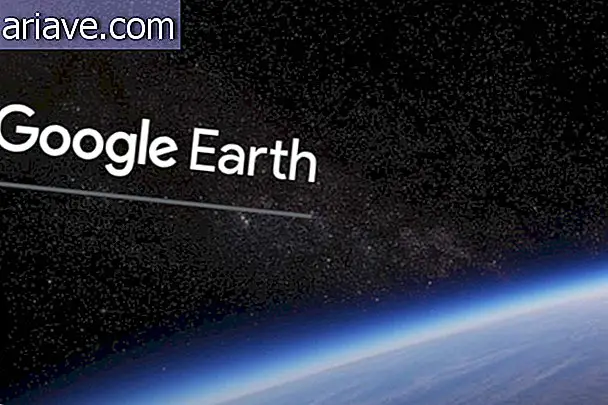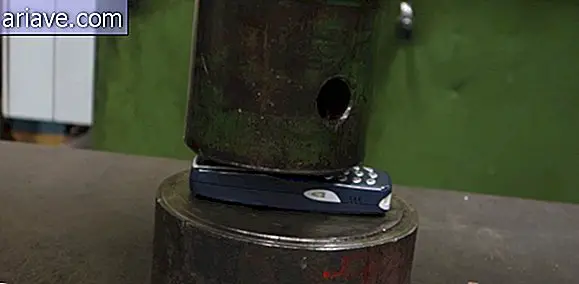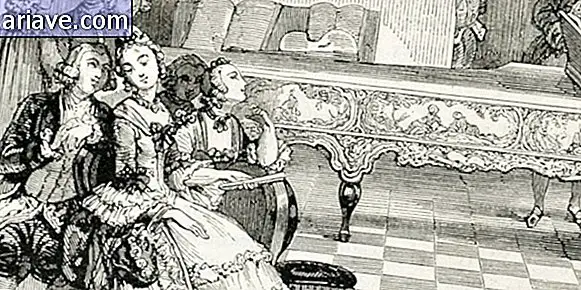Was this stunning image of Earth really clicked on by Hubble?
The Hubble telescope, as you know, has recorded simply stunning images of the cosmos - you can check out a selection of them through this link - and has captured the hearts of earthlings as a space photographer. For there is an image of our planet that began to circulate around whose authorship was attributed to the equipment, and this has caused a bit of confusion.
The photo in question is the one we posted at the beginning of the article - which you can see uncut below - and started to circulate on social networks in February. However, the truth is that it was not recorded by the space telescope. In fact, she is not even an image of the earth! See below:

Who clicked?
According to Dan Evon of Snopes, one of the possibilities is that the figure was created by a guy named Mike Kiev - and started to circulate over the internet in 2013. In addition, the illustration can also be found in stock photography. (like this one here), and it looks like it was developed as part of a beautiful animation.
Regarding the fact that the photo was clicked by Hubble, Phil Plait of the Slate portal explained that the space telescope is in orbit around the Earth about 570 kilometers above the surface, traveling above us at a speed of about 8 kilometers per second. Thus, although our planet is almost 13, 000 kilometers in diameter from where the equipment is located, the diameter is no more than 5, 000 kilometers. See the telescope below:

With this information in mind, Phil clarified that, to begin with, the clouds that appear in the image tend to form below 6, 000 meters of altitude. So considering the size of the earth and the distance the telescope is, the reality is that these formations would hardly be visible.
Moreover, in the figure it is even possible to distinguish waves in the ocean and, according to Phil, they would have to be several kilometers high so that they could be observed from Hubble. Not to mention that under the clouds the artist included monstrous mountains - which would have to add a few thousand meters in height and extension to be seen by the telescope as they appear in the illustration.
By the way, do you want to see what our planet really looks like from space? The following animation was created from images captured by the Deep Space Climate Observatory (DSCOVR) satellite, and as you can see, although our world is sensational, its appearance is nowhere near as dramatic as it (supposedly) was. created by Mike Kiev.
While residents of islands and nations in the Western Pacific looked up in the early morning hours to observe the total eclipse of the Sun, the DSCOVR mission looked down from space and captured the shadow of the Moon marching across Earth's sunlit face. This animation was assembled from 13 images acquired on March 9, 2016 by NASA's Earth Polychromatic Imaging Camera (EPIC), a four-megapixel charge-coupled device and Cassegrain telescope on the DSCOVR satellite. Credit: NASA / DSCOVR EPIC Team #eclipse #nasa #space #dscovr # eclipse2016
A video posted by NASA (@nasa) on Mar 10, 2016 at 1:51 PST
***
Would you like to become a space tourist - when this kind of travel becomes viable? Comment on the Mega Curious Forum











